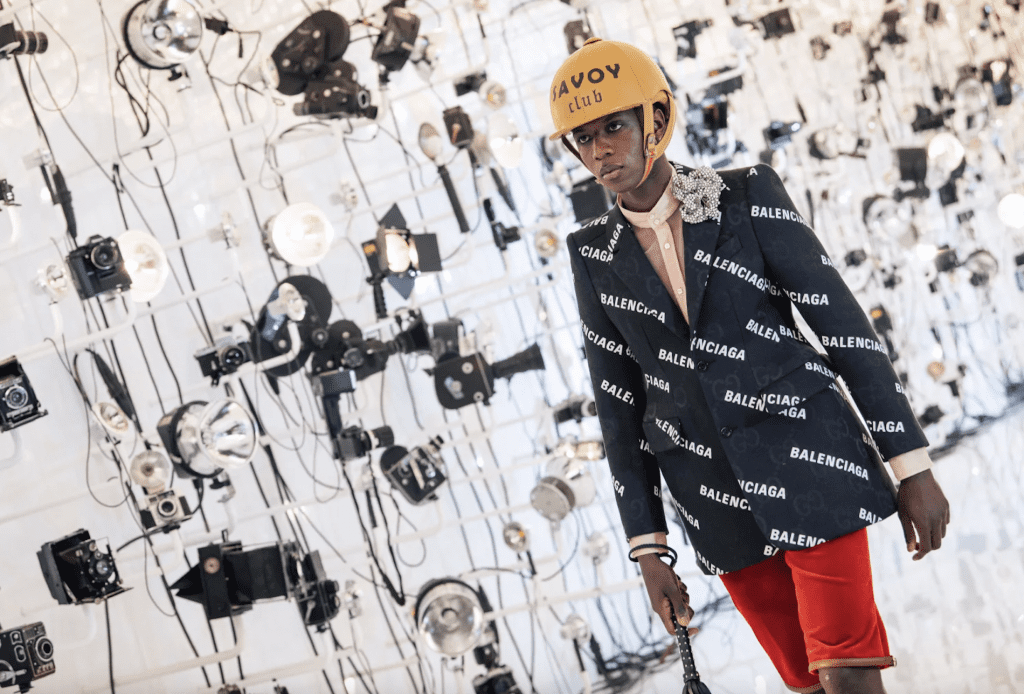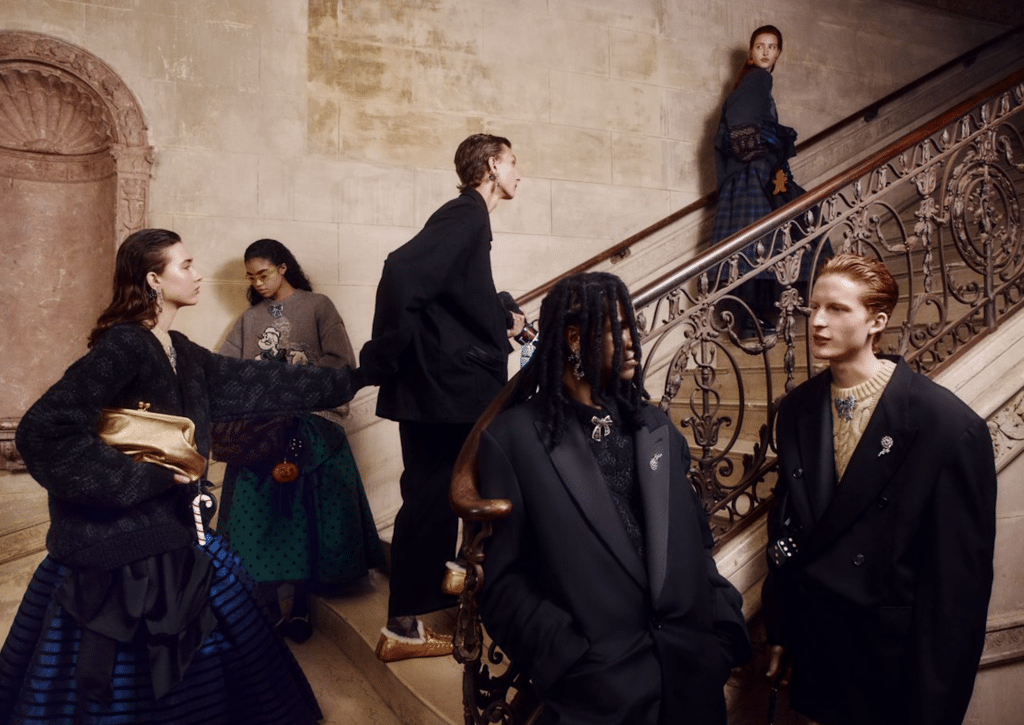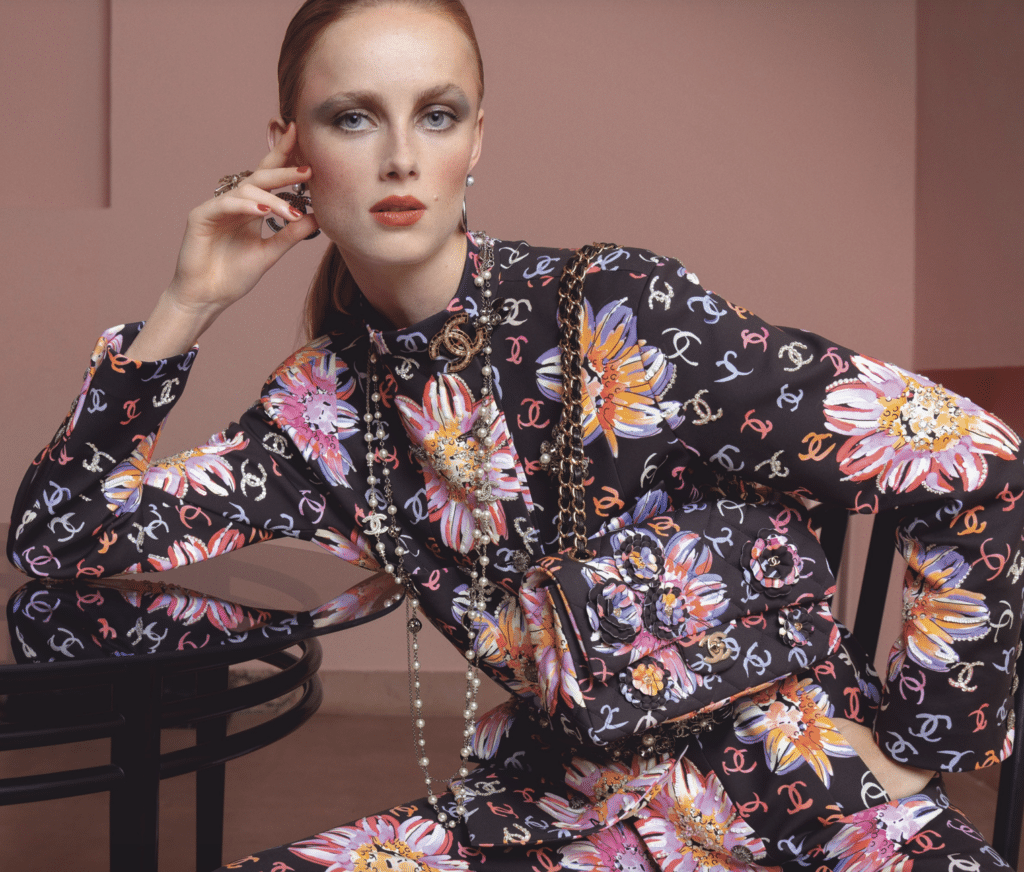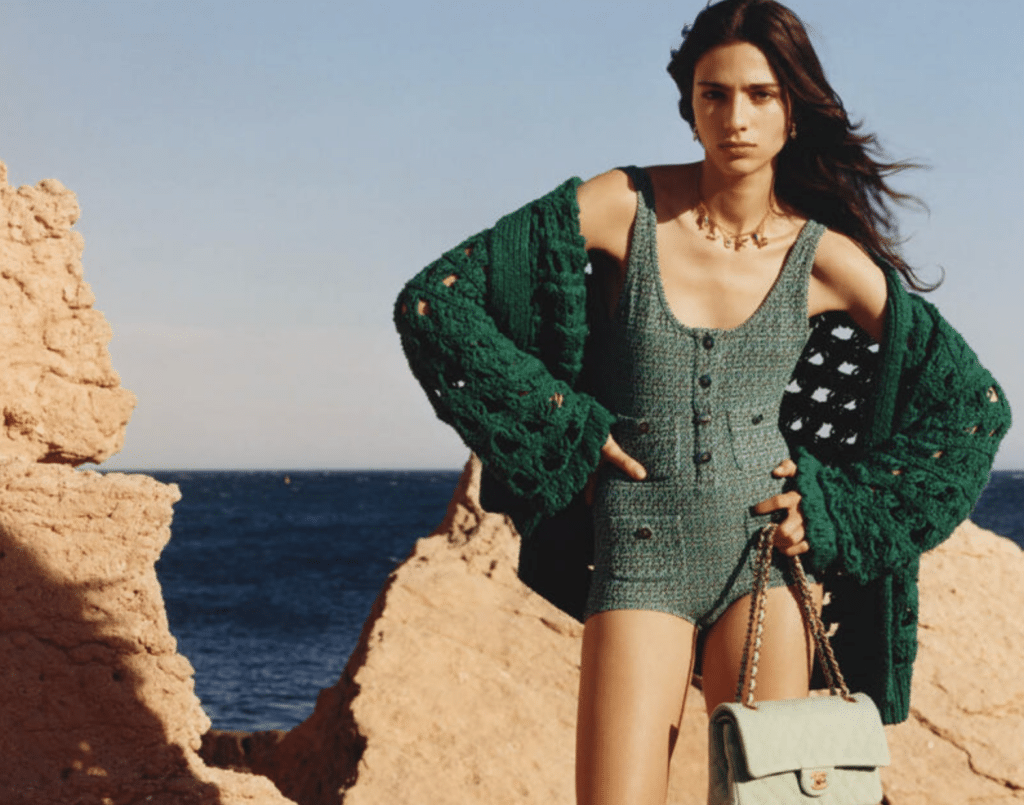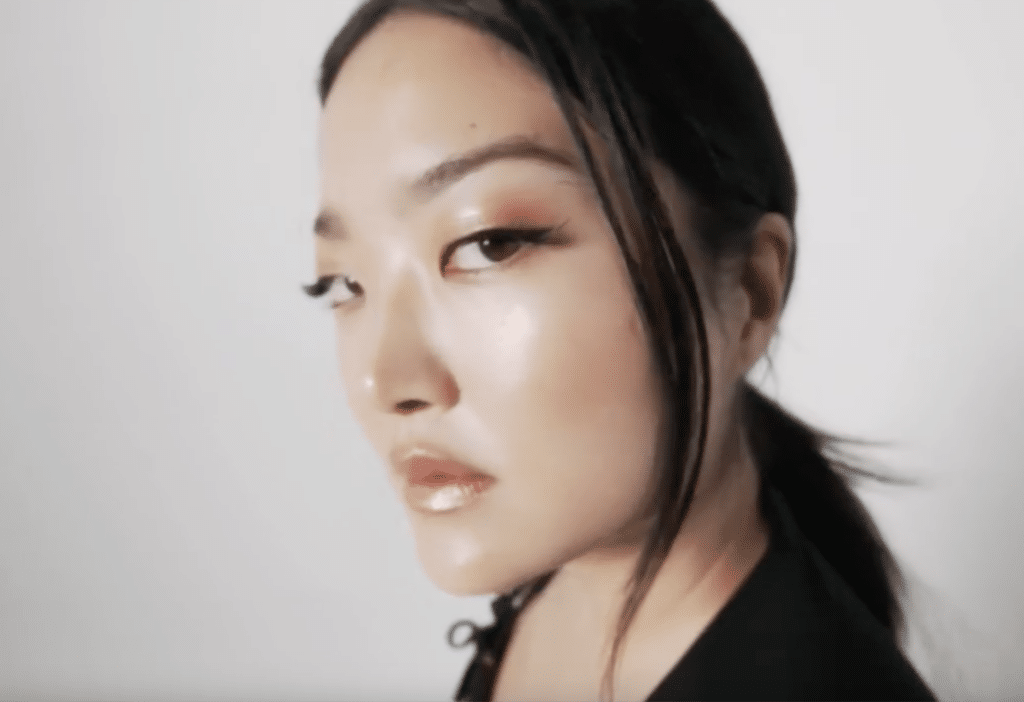On the heels of Gucci and Balenciaga teaming up for what the brands called a “hacking” project, first in April and then again in June, Fendi and Versace have engaged in a “swap” of their chief creatives, making good on circulating speculation about a potential tie-up. The brands stated on Sunday that their new venture – which was largely rumored but nonetheless, a surprise to guests at Sunday’s previously scheduled Versace show – consists of Fendi womenswear director Kim Jones applying his “vision for Versace” by way of 25 looks, and Donatella Versace, the fashion’s house creative director and sister of late founder Gianni Versace, provided her “interpretation of Fendi” in just over two dozen looks.
“We are both very open, we know things have to change and adapt, we are realistic about what things can happen and this was done pretty quickly,” Jones said in an interview this weekend about working with Ms. Versace in the project, which was unveiled in the courtyard of the Versace family palazzo in Milan on Sunday. He would not confirm whether the sure-to-be-heavily-hyped – and already relatively polarizing – mashup of the two brands is a one-off or whether there are more collections in this same vein to come. (Chances are, with the element of surprise now out of the bag, it might have been a one-and-done.)
While the glittery gold frocks, slinky metallic separates, shocking-pink fur-trimmed jackets, and all-over logoed suits were certainly eye-catching, what might be even more interesting is the combination of the two parties’ various trademarks – from the mashup of Fendi and Versace – voila: “Fendace” – on a name-plate belt buckle, the underlay of a Fendi’s Karl Lagerfeld-designed “FF” Zucca logo-patterned garment over a semi-sheer Versace Barocco print, a bold Versace word mark emblazoned over a repeating Zucca pattern on baseball caps, or of course, the Versace Medusa head icon with a repeating chain of “FFs” circling around it.
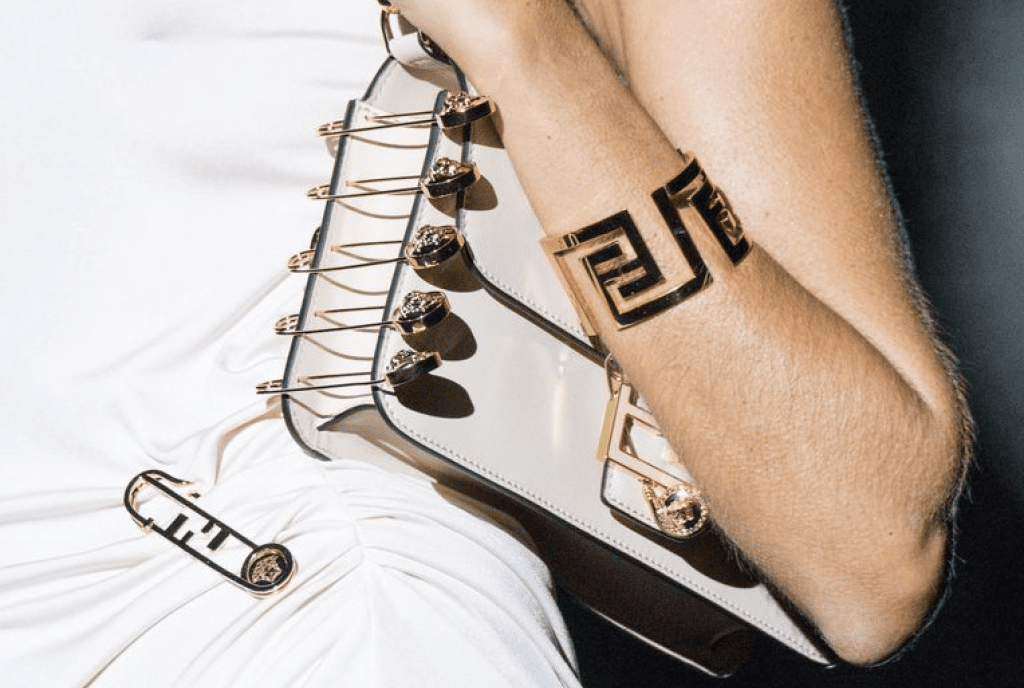
Because this is a legal site, we would be remiss not to take a closer look at the branding assets that come with the newly-unveiled collection, what an ownership structure might look like, and what brands should think about should they opt to engage in such a co-branding endeavor of their own.
From a branding perspective, the collection put forth an array of relatively unique elements. In addition to the mashed-up marks above, gold safety pins complete with Versace’s Medusa head and two “F”s, jewelry fashioned from a repeating pattern of interlocking “FF”s worked into Versace’s well-known Greek Key design, and the combination of copyright-protected Versace patterns alongside repeating Fendi logo-ed print were also in the mix.
Such a commingling of trademarks (and in certain instances, copyright-protected works, too), and the resulting assets likely did not raise major ownership issues in the case of the Gucci and Balenciaga pairing, as both brands are owned by the same conglomerate, and thus, at the end of the day, Kering more or less owns all. (In reality, it appears that both Balenciaga and Gucci are claiming rights in some of the collaborative assets, with both companies being named in trademark applications for registration that were filed earlier this year for the pattern that was created by swapping in “BB” for Gucci’s well-known “GG” monogram. Unsurprisingly, Balenciaga, alone, is named in the application for the stylized “BB” logo.)

The situation at hand, however, is inevitably at least a bit more complicated given that the two brands at play are owned by different groups. And while Ms. Versace and Mr. Jones describe the collection as born from friendship and a mutual respect, and was “never planned as a commercial thing,” the two brands’ legal teams undoubtedly hashed out iron-clad agreements prior to any designing began, as the elements at play – the parties’ famous trademarks – are some of the companies’ most valuable assets.
Against this background, the brands almost certainly approached the creation of new co-created assets by first identifying what is not new at all. For instance, Versace likely set out (and other brands entering into a co-branding endeavor should follow suit) the trademarks and the copyright-protected prints that it was bringing to the table, and thus, that it maintains exclusive rights in – from its Medusa head and “Versace” word mark to its new La Grecca pattern and stylized V logo, among other things. Fendi did the same with its own trademarks, including its word mark, Zucca logo, and its ovular depiction of the two “FFs,” etc.
With such pre-existing rights in mind, no shortage of which were used in furtherance of the Fendace collection, the two brands may have formed a joint venture and licensed those marks to the venture for the purpose of their use in the collection. Alternatively (and potentially, more likely), they may have created a strategic alliance to correspond with the co-branding venture in lieu of forming a separate business entity for what might ultimately only be a one-off partnership, and contracted for their use of the others’ marks, in addition to setting out other key provisions, such as rights or obligations for the duration – and upon termination – of the partnership.
At the same time, the parties would have had to address the creation of new assets, such as the “Fendace” name, the Fendi-fied Medusa logo, etc., and who owns them both for the duration of time that the collection is shown and sold, and then, after the partnership has winded down. As of now, the two brands have not revealed how/where/when the new collection will actually be sold, but it might prove telling once that is made clear. As for the “Fendace” word mark, the parties appear to have filed an application for registration in late August via German trademark firm Minerva Gmbh for use on clothing and accessories, leather goods, and eyewear, among other things, with that application pending before the German Trademark Office. (A couple questions I am pondering: Does Fendace indicate a single source of the goods/services … or is the average consumer likely to be confused by the name? Also is there really a single source at play here?)
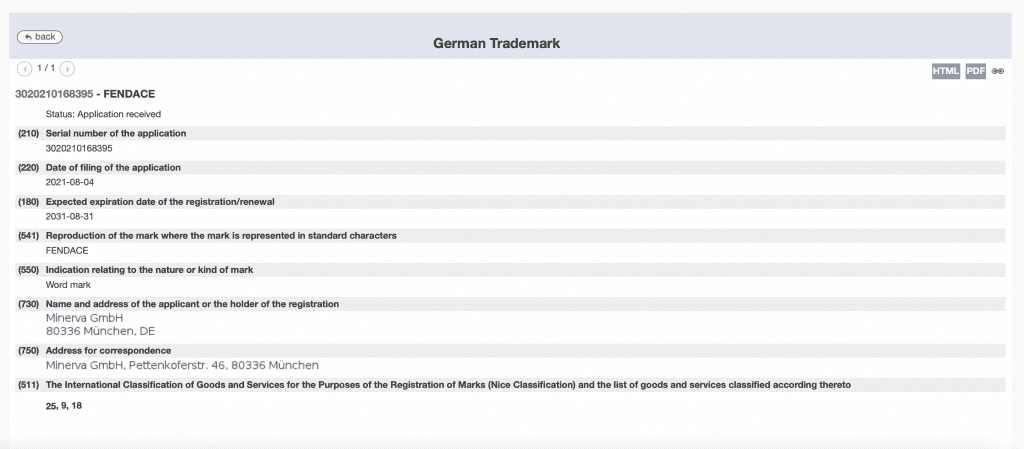
Unfortunately, because the application was filed in Minerva’s name as opposed to by counsel for Versace, Fendi, or a newly-created entity (potentially to keep the then-impending co-branding project under wraps), it does not provide any clues as to ownership of this key piece of newly-created intellectual property.
Much remains indeterminate as of now in terms of the workings of the Fendi and Versace co-branding, including whether the new branding elements are, in fact, joint property, and what the enforcement, commercial exploitation, and termination terms of the partnership are. Other key provision likely define how they will handle prosecution and maintenance of the newly-created trademarks, and who will bear the costs; what each party can do with any contributed or joint assets during the course of the partnership; and what – if anything – they can individually do with such assets after the partnership has ended, among many others.
What is relatively straightforward is the potential for widespread media attention and consumer intrigue that comes with such largely uncommon collaborations.
As we noted earlier this year on the heels of the Gucci x Balenciaga co-branding venture, now may be an opportune time for companies to assess the breadth of the assets in their portfolio and try to monetize their brands in ways beyond their current uses. This could come in the form of licensing deals – or maybe more likely for control-happy luxury goods names, joint ventures – that make use of the assets of companies’ core brands in connection with new products/services and/or new geographic markets, or otherwise unexpected partnerships between brands. And as we predicted, these efforts are expected to continue (at least until consumers begin to exhibit co-branding fatigue) as companies emerge from lengthy COVID lockdowns and sales slumps, and aim to remain relevant in light of shifting consumer expectations and priorities.







